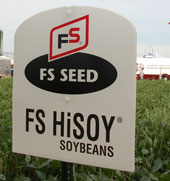 Seed treatment can be classified as a precision application for growers because it allows crop protection to be used more precisely right at planting within the seed itself.
Seed treatment can be classified as a precision application for growers because it allows crop protection to be used more precisely right at planting within the seed itself.
Seed treatments have actually been around for decades and it’s reached the point that virtually all of the corn seed planted today is treated with some type of crop protection technology. However, GROWMARK product manager Dave Gentry says that while use of soybean seed treatment is growing, it is not yet as pervasive as corn. “Seed treatments on soybeans have not been quite as accepted until the last 4-5 years,” he said.
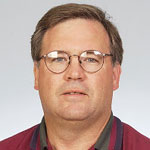 Gentry identifies four key reasons for a dramatic increase in the popularity of soybean seed treatments recently. “One is the improved active ingredients,” he said. “They are very effective at a much lower use rate.” The second reason is pushing the planting envelope. “As we’ve become more aggressive in our planting, soybeans are going into soils that are cooler and wetter, there’s more stresses early in the season and so seed treatments can reduce the impact of some of those stresses.”
Gentry identifies four key reasons for a dramatic increase in the popularity of soybean seed treatments recently. “One is the improved active ingredients,” he said. “They are very effective at a much lower use rate.” The second reason is pushing the planting envelope. “As we’ve become more aggressive in our planting, soybeans are going into soils that are cooler and wetter, there’s more stresses early in the season and so seed treatments can reduce the impact of some of those stresses.”
Gentry says another reason is the value of the seed itself, which makes it worth investing in the treatment to protect it. And finally, the range of products to treat the seeds with has expanded, with additional offerings such as growth stimulants, inoculants, microbials and nematicides.
He notes that about 60% of soybean acres are currently being planted with treated seed, although percentages vary between regions with the east coast and the deep south lower and the eastern corn belt closer to 85%. As for the future, Gentry expects to see most soybean seed treated with products in the pipeline to control Sudden Death Syndrome and soybean cyst nematode. “I think the percentage of treatment will continue to grow and, like corn, start to approach 100%,” he says.
The big difference he sees between corn and soybean seed treatments is that soybeans are moving more to the local dealer level, “allowing them to respond to local situations and local disease and insect pressures.”
Listen to Dave’s thoughts on soybean seed treatment here: [wpaudio url=”http://zimmcomm.biz/growmark/gmk-gentry.mp3″ text=”Dave Gentry Interview”]
Find out more about seed treatment options in your specific area at FSSeed.com.
![]() ZimmPoll is sponsored by Rhea+Kaiser, a full-service advertising/public relations agency.
ZimmPoll is sponsored by Rhea+Kaiser, a full-service advertising/public relations agency.
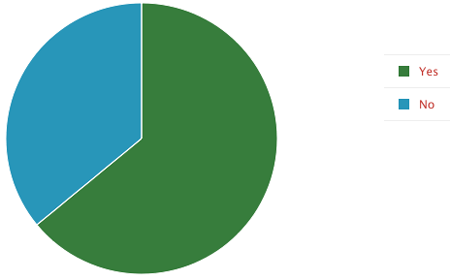
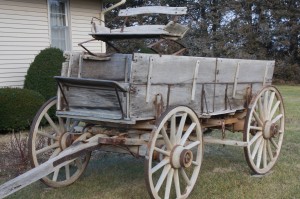
 Choosing how much nitrogen (N) to put on corn fields isn’t something farmers take lightly. Many factors go into the decision, including past experiences, the timing of application, yield goals, and results from soil tests.
Choosing how much nitrogen (N) to put on corn fields isn’t something farmers take lightly. Many factors go into the decision, including past experiences, the timing of application, yield goals, and results from soil tests.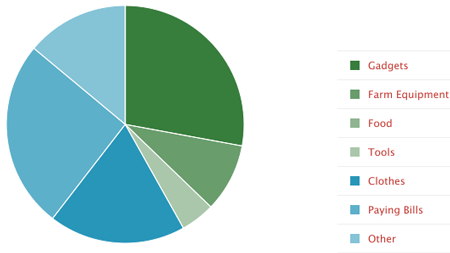
 The biggest issue they are dealing with right now is the National Pollutant Discharge Elimination System (NPDES) permit program, which
The biggest issue they are dealing with right now is the National Pollutant Discharge Elimination System (NPDES) permit program, which  So, NPDES was a big topic at the NAAA convention in Las Vegas last week, where workshops were held and applicators were educated about the current status of the federal rule and where it stands at the state level. Andrew says they are also urging aerial applicators – and really anyone in the agriculture industry – to contact their senators about the issue. “Because we’ve been successful in passing legislation that would exempt pesticide applications over water for FIFRA approved pesticides,” said Moore. The measure has been passed by the House and has gone through the Senate Agriculture Committee. “We believe we have the votes in the Senate but it’s not being brought to the floor for a vote,” he added.
So, NPDES was a big topic at the NAAA convention in Las Vegas last week, where workshops were held and applicators were educated about the current status of the federal rule and where it stands at the state level. Andrew says they are also urging aerial applicators – and really anyone in the agriculture industry – to contact their senators about the issue. “Because we’ve been successful in passing legislation that would exempt pesticide applications over water for FIFRA approved pesticides,” said Moore. The measure has been passed by the House and has gone through the Senate Agriculture Committee. “We believe we have the votes in the Senate but it’s not being brought to the floor for a vote,” he added.  ZimmComm New Media is proud to announce the very first (that we know of) Ag Events Calendar.
ZimmComm New Media is proud to announce the very first (that we know of) Ag Events Calendar. 
 Gentry identifies four key reasons for a dramatic increase in the popularity of soybean seed treatments recently. “One is the improved active ingredients,” he said. “They are very effective at a much lower use rate.” The second reason is pushing the planting envelope. “As we’ve become more aggressive in our planting, soybeans are going into soils that are cooler and wetter, there’s more stresses early in the season and so seed treatments can reduce the impact of some of those stresses.”
Gentry identifies four key reasons for a dramatic increase in the popularity of soybean seed treatments recently. “One is the improved active ingredients,” he said. “They are very effective at a much lower use rate.” The second reason is pushing the planting envelope. “As we’ve become more aggressive in our planting, soybeans are going into soils that are cooler and wetter, there’s more stresses early in the season and so seed treatments can reduce the impact of some of those stresses.”